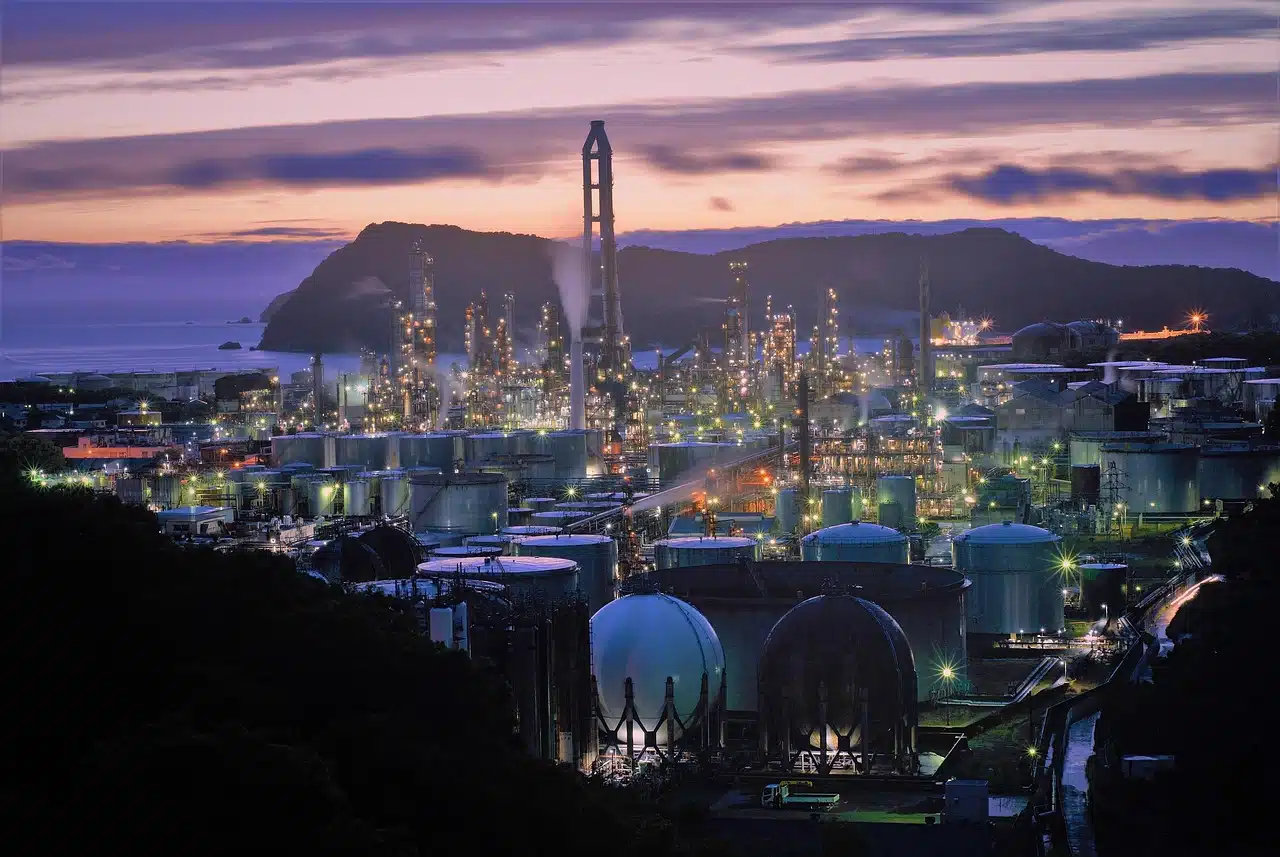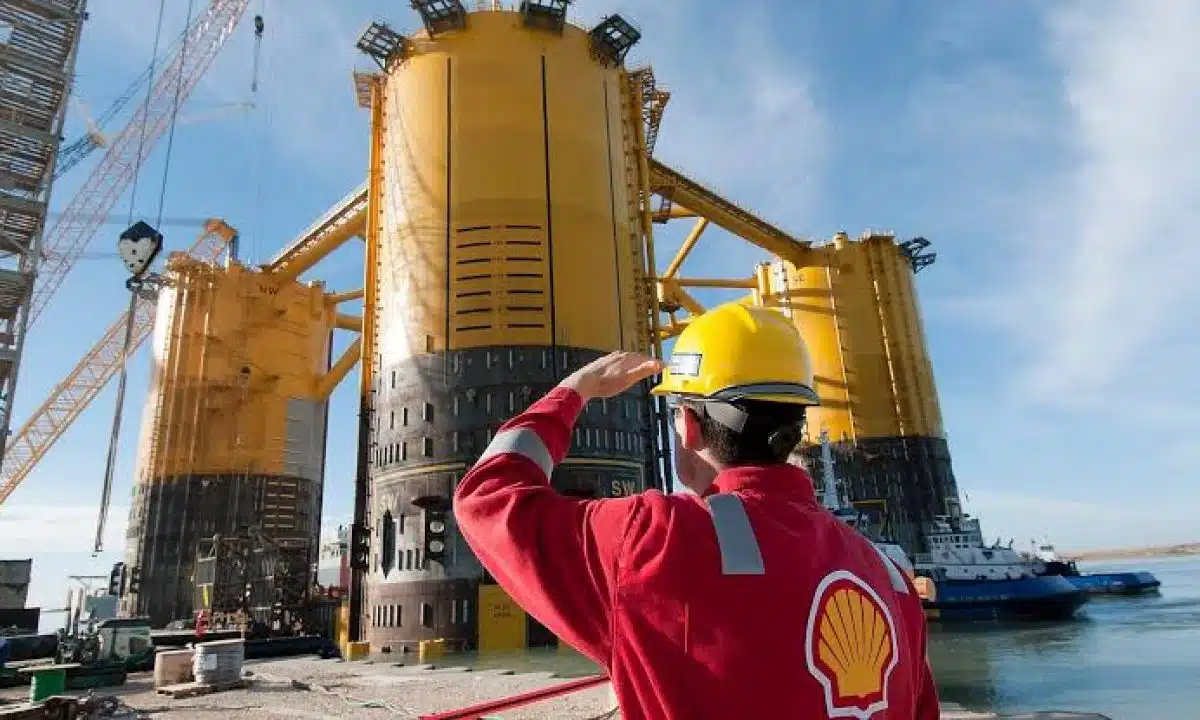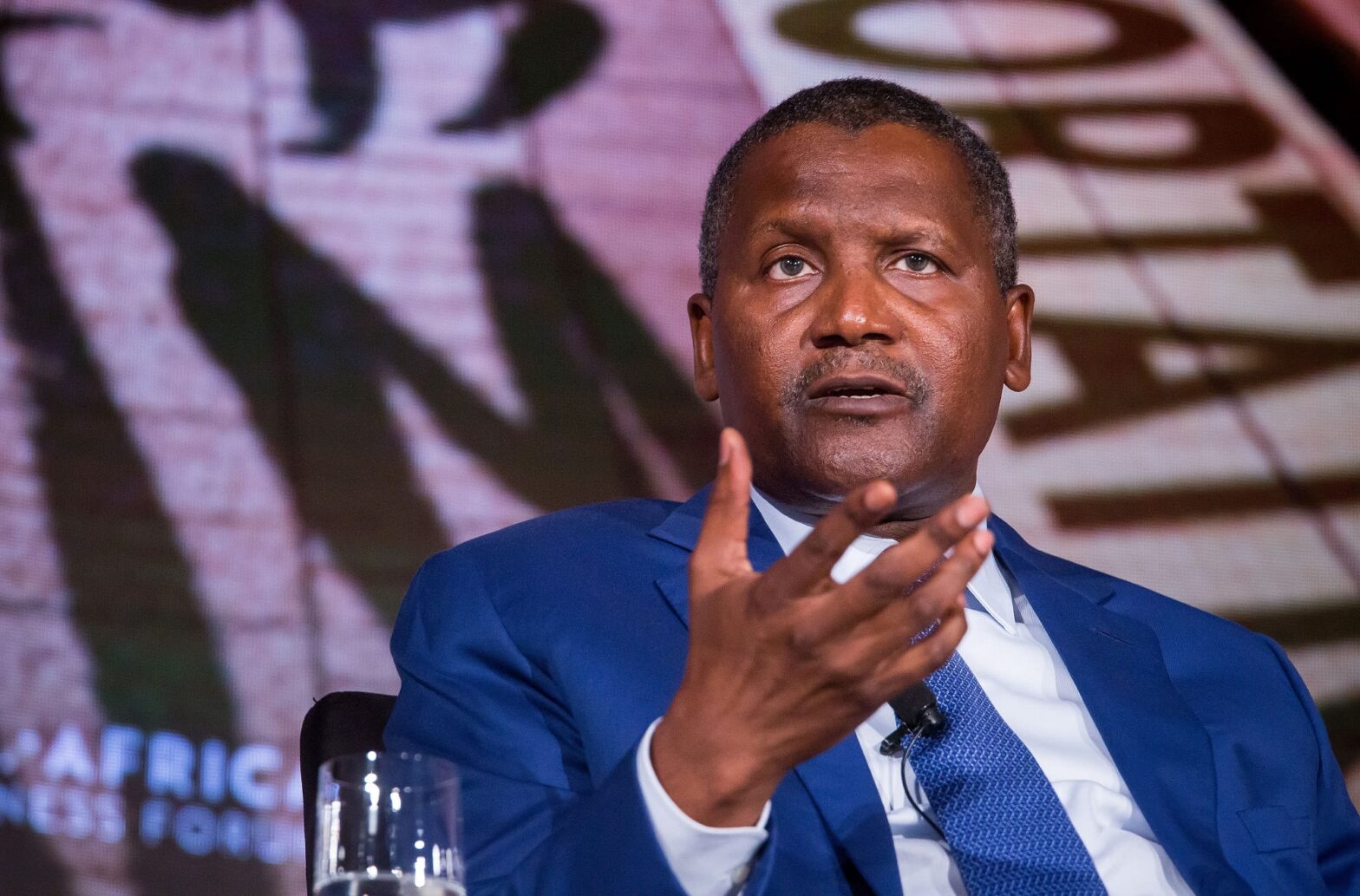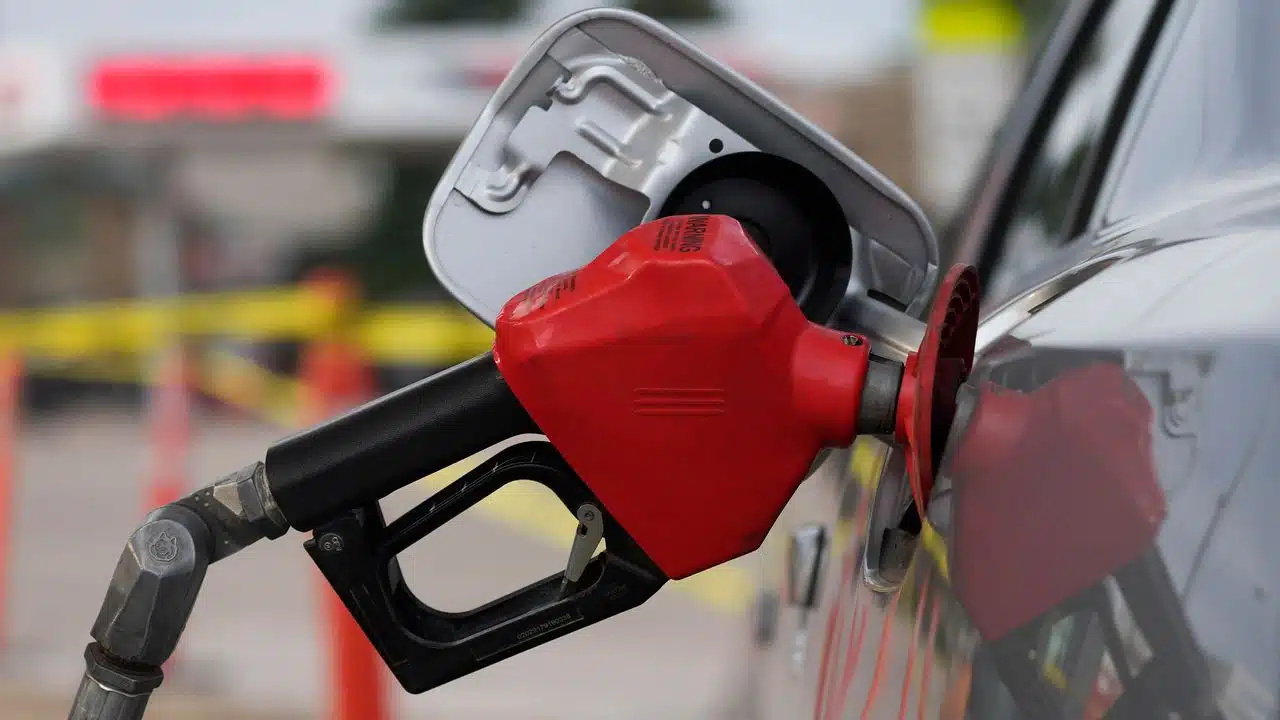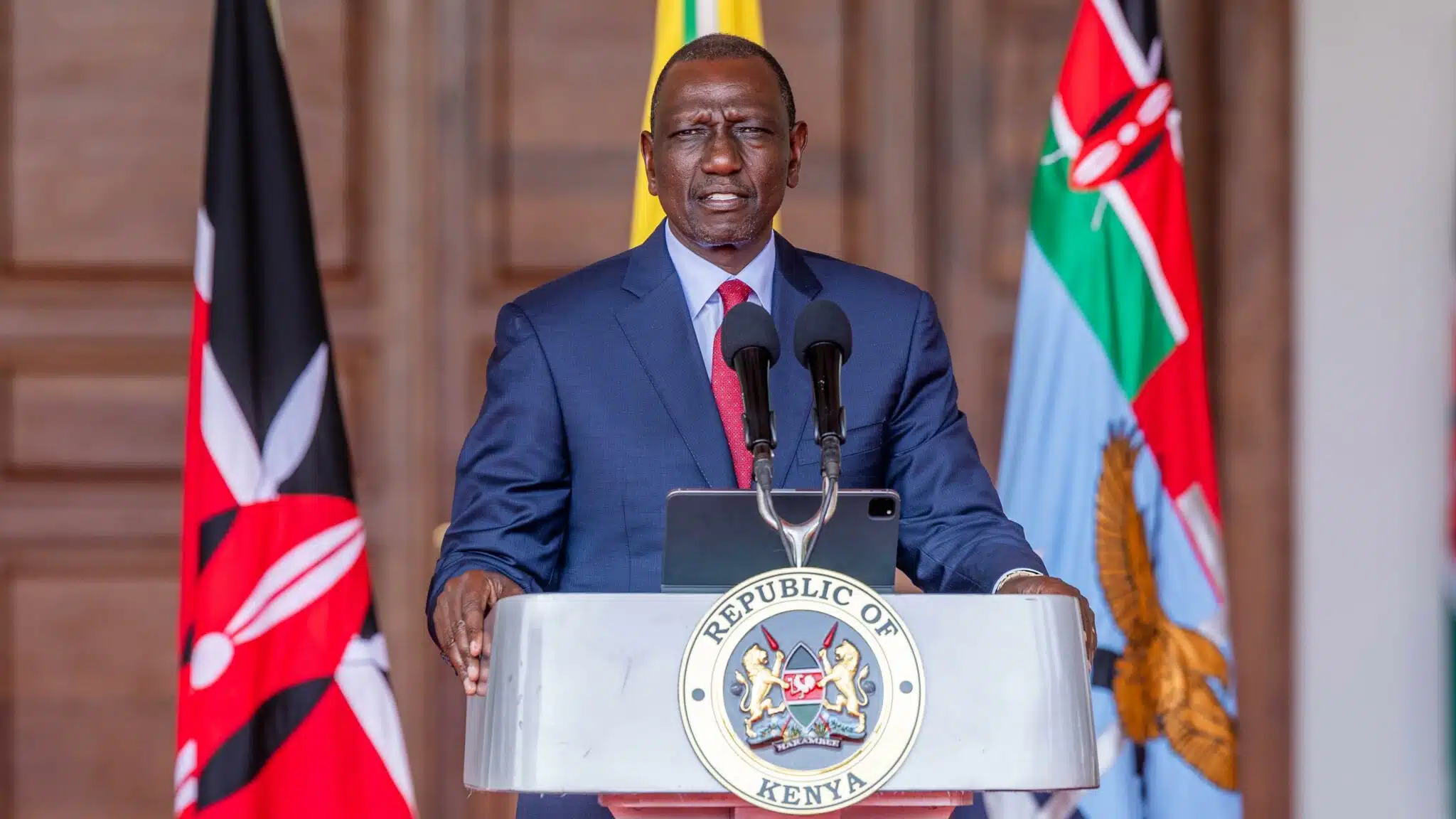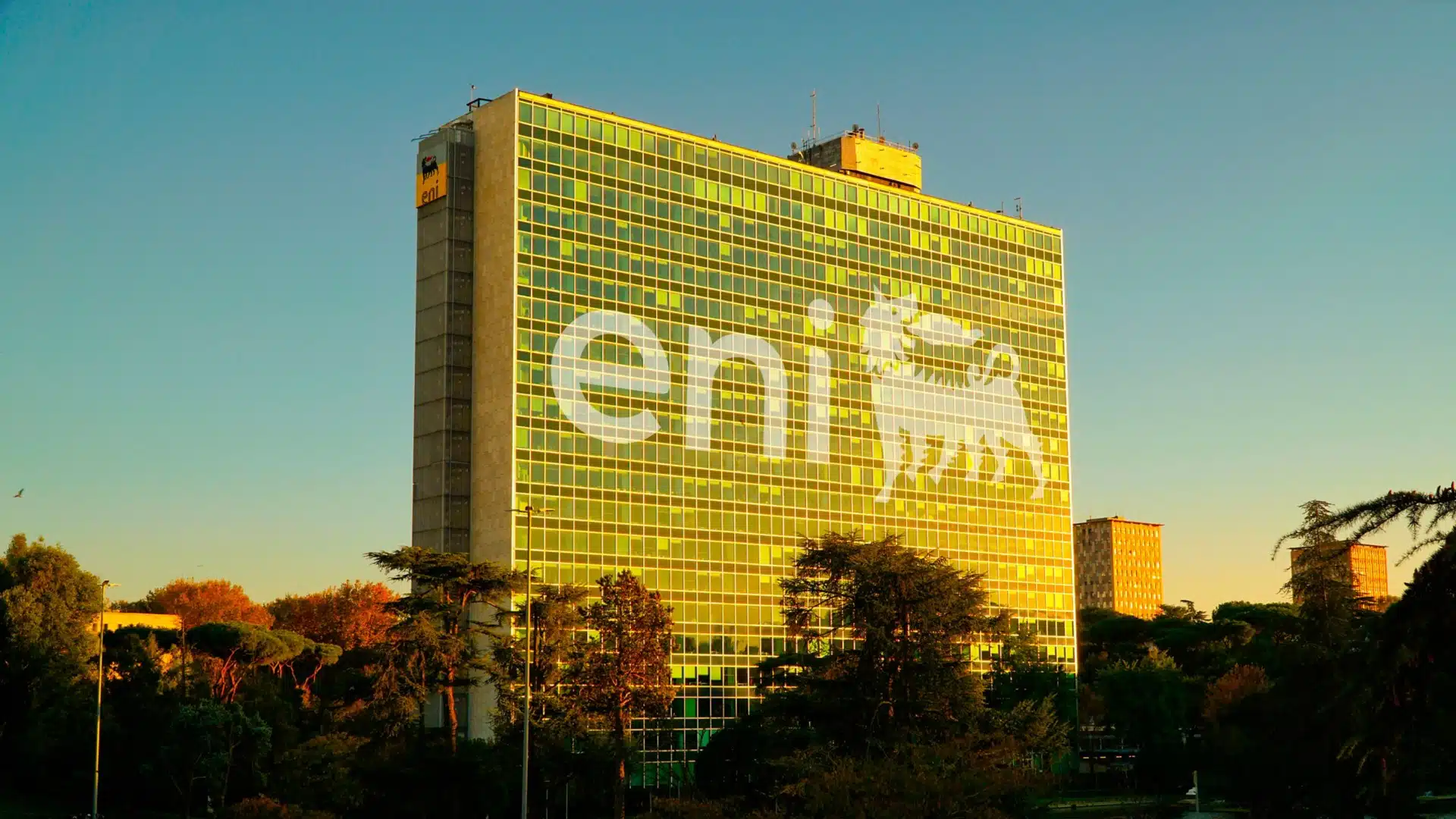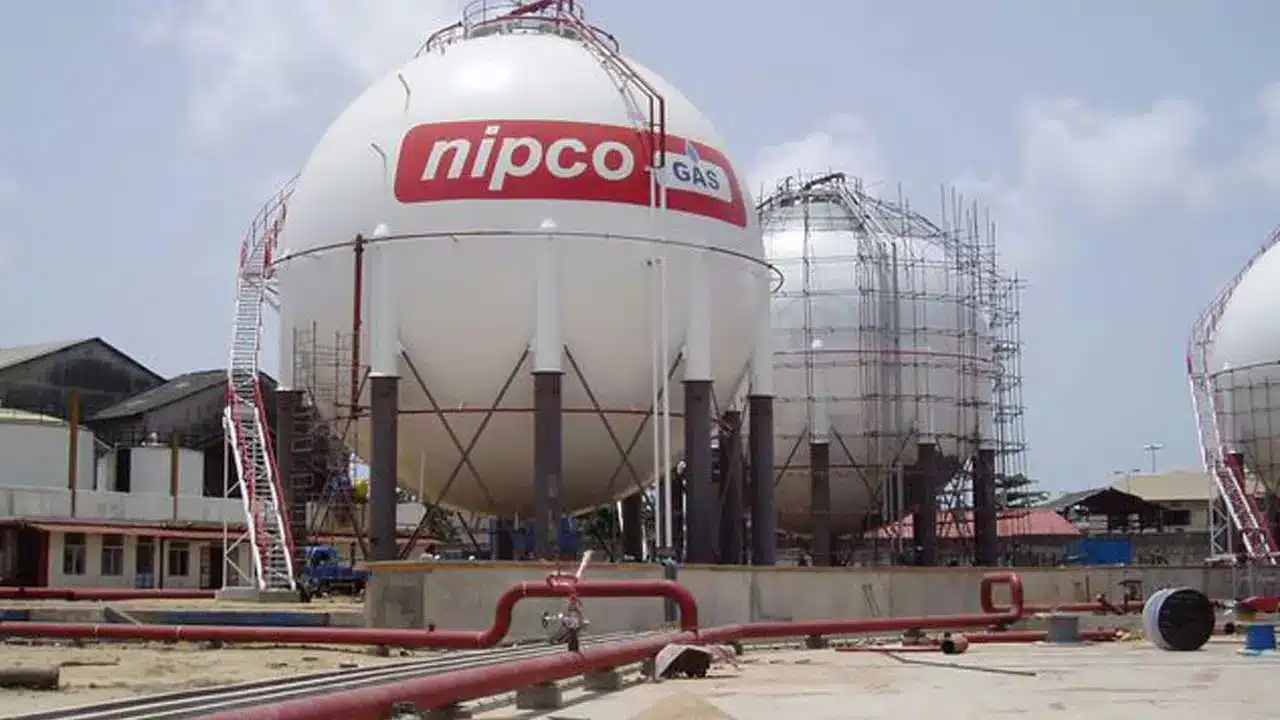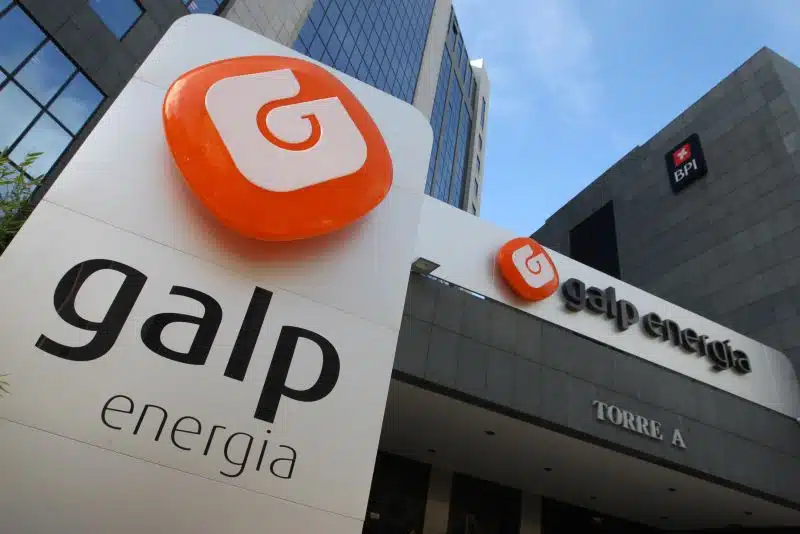Ghana’s energy landscape changed dramatically in June 2007, when a Kosmos Energy-led consortium involving Ghana’s National Petroleum Corporation (GNPC) and other partners, discovered the Jubilee field in the Deepwater Tano Basin.
The Mahogany-1 well uncovered up to 1 billion barrels of light, sweet crude marking one of West Africa’s largest oil discoveries in over a decade.
That moment fulfilled Ghana’s long-held ambition to diversify its commodity exports beyond gold and cocoa.
In less than four years, Ghana moved swiftly to develop the deepwater asset and began production using the Kwame Nkrumah FPSO, beating the typical offshore timelines.
“We are extremely pleased to have achieved this milestone for the Jubilee Field safely and on such an accelerated timetable,” Brian F. Maxted, Kosmos Chief Operating Officer, said at the time.
It was a historic leap that placed the country firmly on Africa’s oil map.
About 15 years after that discovery, Ghana has brought two other fields (TEN and Sankofa Gye Nyame) into production and now boasts over 20 offshore discoveries across several wells.
Today, these three fields have shaped Ghana’s oil economy and attracted major international operators.
Let’s take a closer look.
3. Sankofa-Gye Nyame (SGN) field
SGN, part of the Offshore Cape Three Points (OCTP) project, is an integrated oil and gas development.
The Sankofa holds 500 million barrels of oil and 270 million boe of gas, distributed across 19 subsea wells.
The project is a tie-back to the John Agyekum Kufuor FPSO and involves both oil and gas production, with the gas being used entirely for domestic consumption.
The first oil from the field was achieved in 2017, and by 2024, it produced 30,374 bpd.
Last year, it also accounted for 48.8% or 136.82 billion cubic feet of Ghana’s gas output, eclipsing both the Jubilee and TEN fields in output.
Sankofa is developed by the following companies:
- Eni (44.44%); operator
- Vitol (35.56%)
- GNPC (20%)
Moreover, Eni recently agreed to suspend gas exports from the Sankofa to help raise gas supplies and boost Ghana’s energy needs.
2. TEN field (Tweneboa-Enyenra-Ntomme)
TEN is Ghana’s second major oil project, located 60 km offshore in the Deepwater Tano block.
It holds 240 million barrels of oil and 60 million barrels of gas equivalent.
The development plan for the field was approved in 2013 and it began production in 2016. Production from the field peaked in 2018 and is expected to reach its economic limit by 2033.
TEN reached a major milestone in December 2017, when it exceeded its gross production guidance by 40% to reach the 50,000 barrels mark.
In 2024, TEN averaged 18,401 bpd.
The operators and partners of the TEN field include:
- Tullow Oil (54.84%)
- Kosmos Energy (20.38%)
- GNPC (20.95%)
- PetroSA (3.82%)
The conventional field is a complex but critical asset in Ghana’s oil sector, and currently accounts for about 10% of Ghana’s daily output.
Tullow’s stake in the asset was boosted following the sale of Occidental’s interests in Ghana in March 2022.
1. Jubilee field
Jubilee is Ghana’s first deepwater field and contributes over 70% of the country’s oil production.
Discovered in 2007, it originally held between 600 million to 1.8 billion barrels of oil equivalent (boe).
Jubilee is tied to the Kwame Nkrumah FPSO, and production began in December 2010 at 55,000 barrels per day (bpd).
As of 2024, output reached 83,409 bpd.
That year, it accounted for three out of a total of six cargoes lifted by Ghana and its partners over the period.
Gas from the project is exported to the Atuabo Gas Processing Plant.
The operators and partners of the field include:
- Tullow Oil (38.98%)
- Kosmos Energy (38.61%)
- GNPC (19.69%)
- PetroSA (2.72%)
Tullow recently extended its license until 2040, proving Jubilee as one of its core assets in West Africa, after the Irish company concluded a $300 million divestment in Gabon to service debt.
Jubilee is the largest and most developed oil field in Ghana, and accounts for at least 70% of the country’s total oil output.
Production trends and challenges in Ghana’s oil sector
Ghana holds around 2.5 billion boe in proven reserves, but production has been dropping.
Despite producing between 160,000 to 170,000 barrels of oil per day (bpd) in 2024, Ghana’s oil sector faces declining output and exports from mature fields.
According to the Public Interest and Accountability Committee (PIAC), Ghana’s crude oil production declined from 71.44 million barrels in 2019 to 48.25 million barrels in 2024, however led by Jubilee.
The 2024 output fall caused Ghana’s oil revenues to slide by a significant 30%.
The reduced oil output is primarily attributed to decreased investments in new wells.
Gas flaring remains a concern, rising by 19.3% in 2022, on top of the 21.2 billion cubic feet recorded in 2021.
Ghana flared 28.5 billion cubic feet in 2024, costing over $150 million in losses and environmental damage.
The government plans to build a second gas plant to supplement the Atuabo facility, which currently processes only 10.4% of produced gas.
Ghana’s oil outlook and emerging opportunities
Despite production challenges, Ghana’s oil revenue in 2024 rose by 27% to$1.3 billion, its second-highest since oil exports began in 2011.
Eni has announced new commercial oil reserves at the Eban and Akoma fields in block 4 of the Offshore Cape Three Points, where most of the country’s discoveries have been recorded.
Preliminary estimates put the find at between 500-700 million barrels of oil equivalent, marking Ghana’s major find by Big Oil in several years.
Meanwhile, efforts are underway to reduce dependence on fuel imports. Ghana imports over 90% of its fuel needs and spends over $1 billion annually on liquid fuels to power thermal plants.
The Sentuo refinery has commenced operations, and three new refineries are planned.
President Mahama recently urged oil firms to “drill like there’s no tomorrow,” emphasizing the urgency of maximizing fossil fuel value before global energy demand shifts.
His government also criticised the previous administration for regulatory challenges that, he claims, deterred significant investors such as Tullow Oil and ENI.
Ghana remains engulfed in a huge $2.5 billion energy debt, but President Mahama is hopeful that these three oil fields, given their huge reserves, can offer the country an exit.

